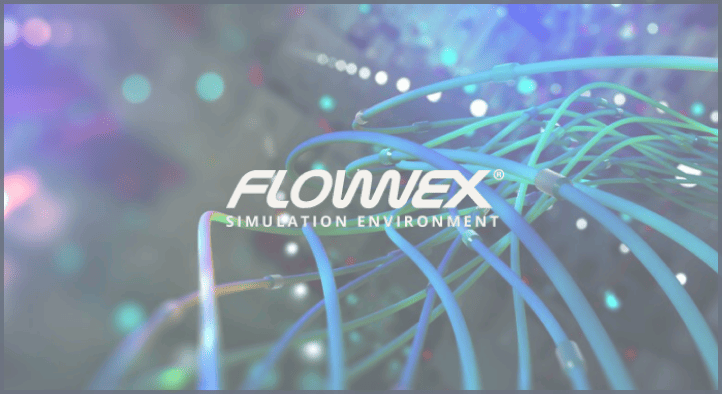Easily handle the complexity of the varied design environments you may face with the range of analytical tools available with Ansys. These tools enables users to create a product that meets performan...
Join our 1,770 subscribers
04/20/2023
More Info



Most of our customers receive their support over the phone or via email. Customers who are close by can also set up a face-to-face appointment with one of our engineers.
For most locations, simply contact us: